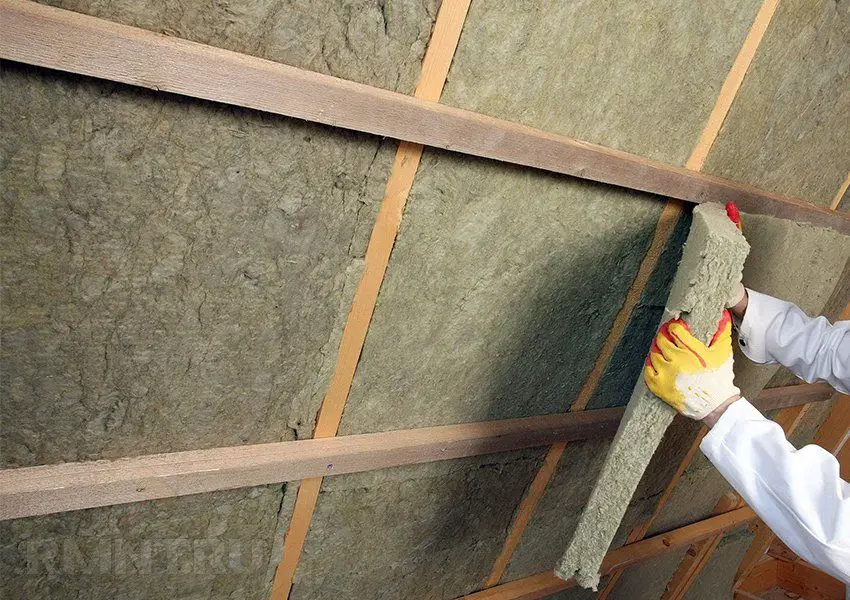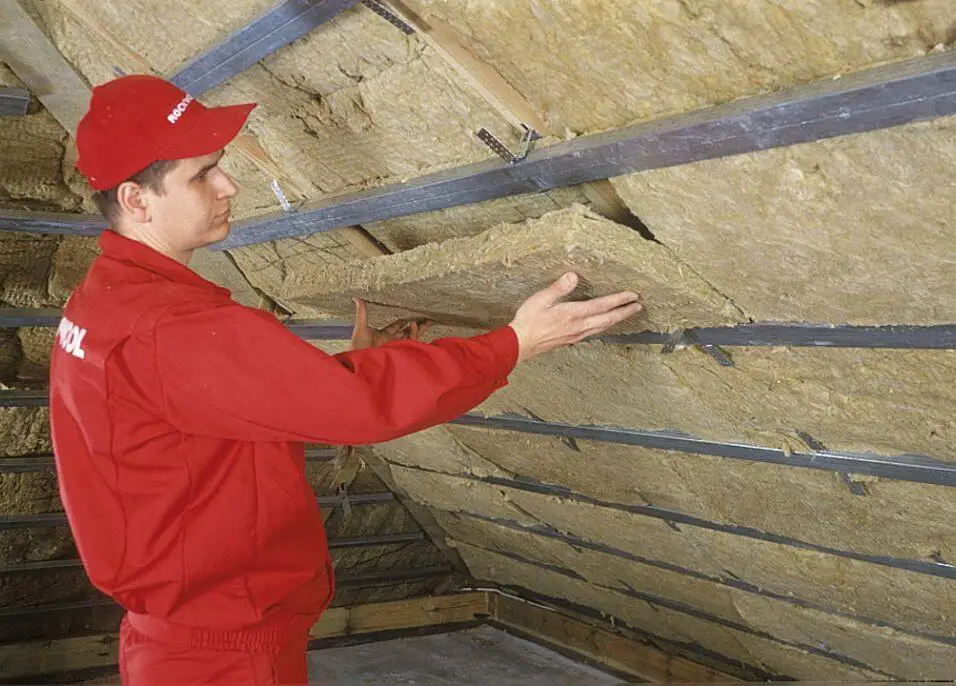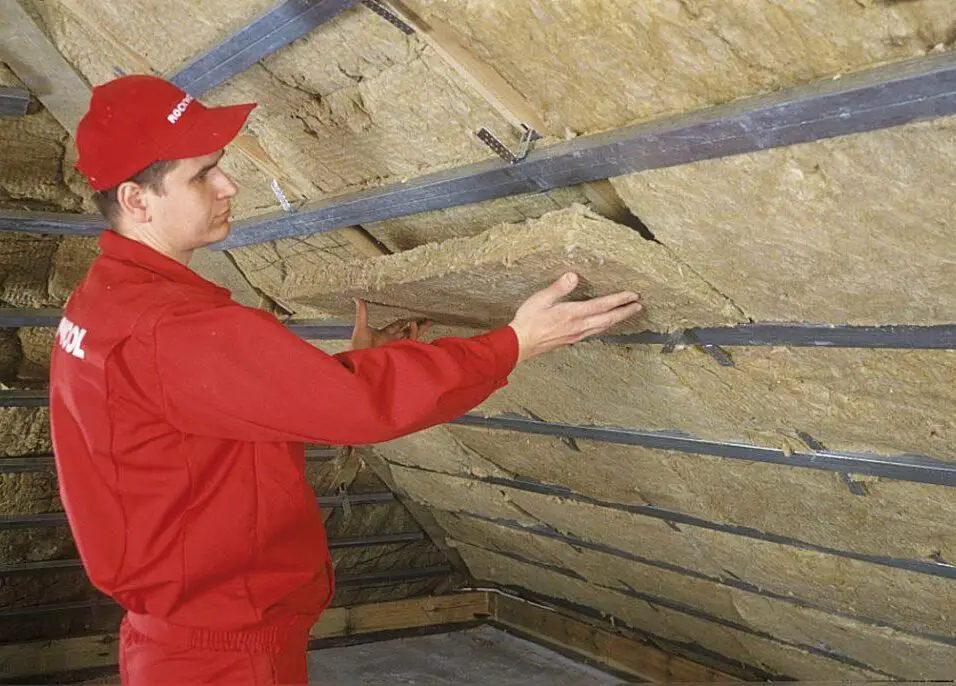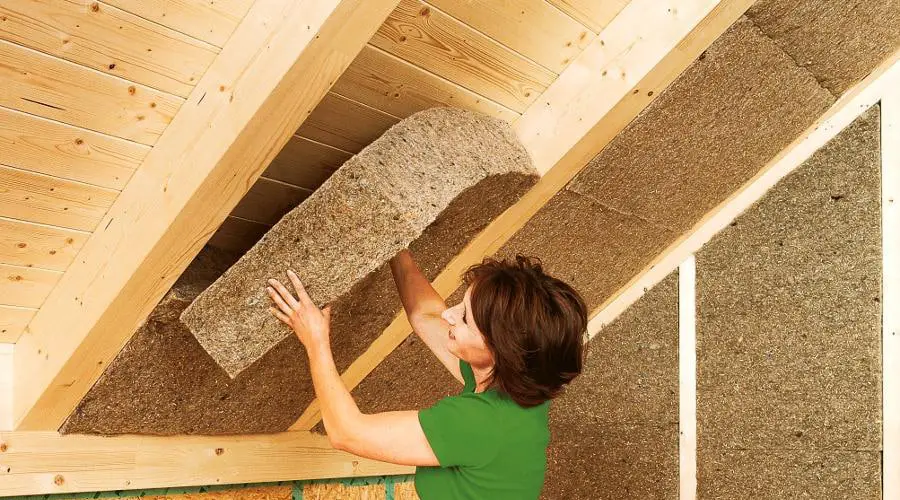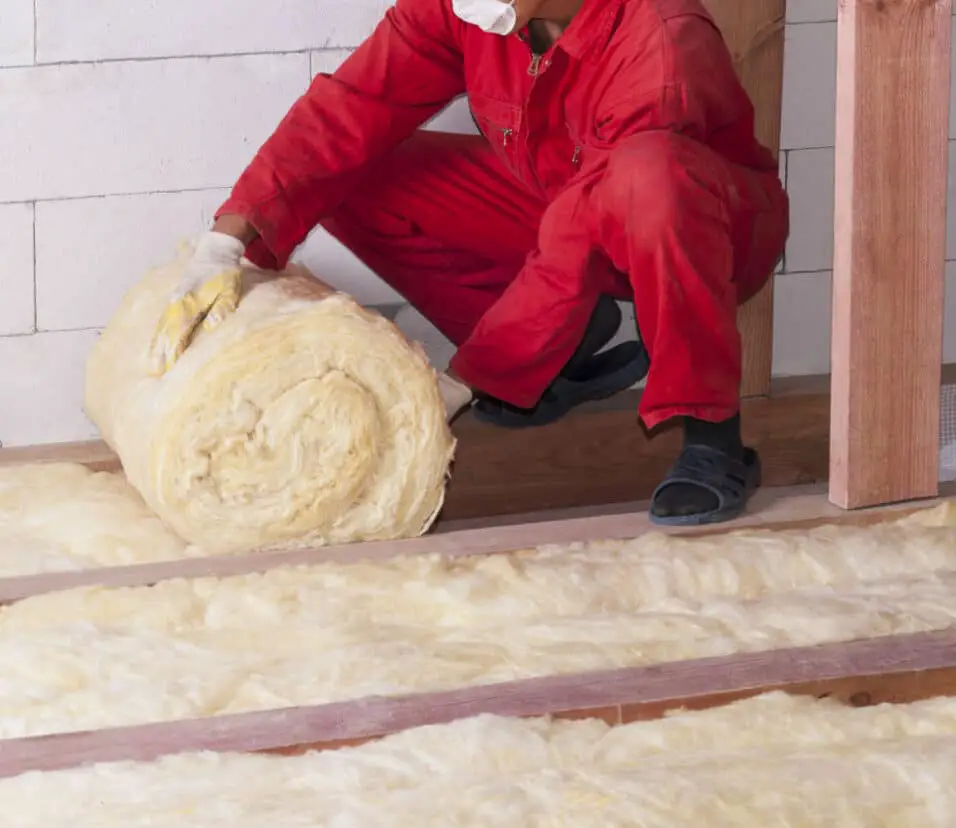What Is Foam Board Insulation Used For
Introduction
what is foam board insulation used for: Foam board insulation, a versatile and widely employed material in the construction industry, plays a pivotal role in enhancing energy efficiency, thermal performance, and overall comfort within buildings. This insulation solution, characterized by its rigid panels composed of various foam materials such as expanded polystyrene (EPS), extruded polystyrene (XPS), and polyisocyanurate (polyiso), serves as a crucial component in modern building design and sustainable construction practices.
The primary purpose of foam board insulation is to curtail heat transfer, both from and to a building’s interior. This thermal resistance capability makes it an indispensable asset in maintaining consistent indoor temperatures and reducing the need for excessive heating or cooling. It is commonly utilized in a variety of applications, ranging from residential to commercial and industrial settings.
In residential construction, foam board insulation finds extensive use in insulating walls, roofs, and foundations. Its effectiveness in preventing heat leakage through these critical areas contributes to reduced energy consumption and lower utility costs. Additionally, foam board insulation’s rigidity and adaptability enable it to be tailored to fit irregular spaces, ensuring comprehensive coverage and thermal efficiency.
In commercial and industrial applications, foam board insulation aids in insulating HVAC systems, refrigeration units, and soundproofing installations. Its ability to withstand temperature variations and resist moisture intrusion makes it a reliable choice for environments with specific temperature and humidity requirements. Foam board insulation’s applications, we delve into its versatile uses across various building types, highlighting its contributions to energy conservation, occupant comfort, and sustainable construction practices.
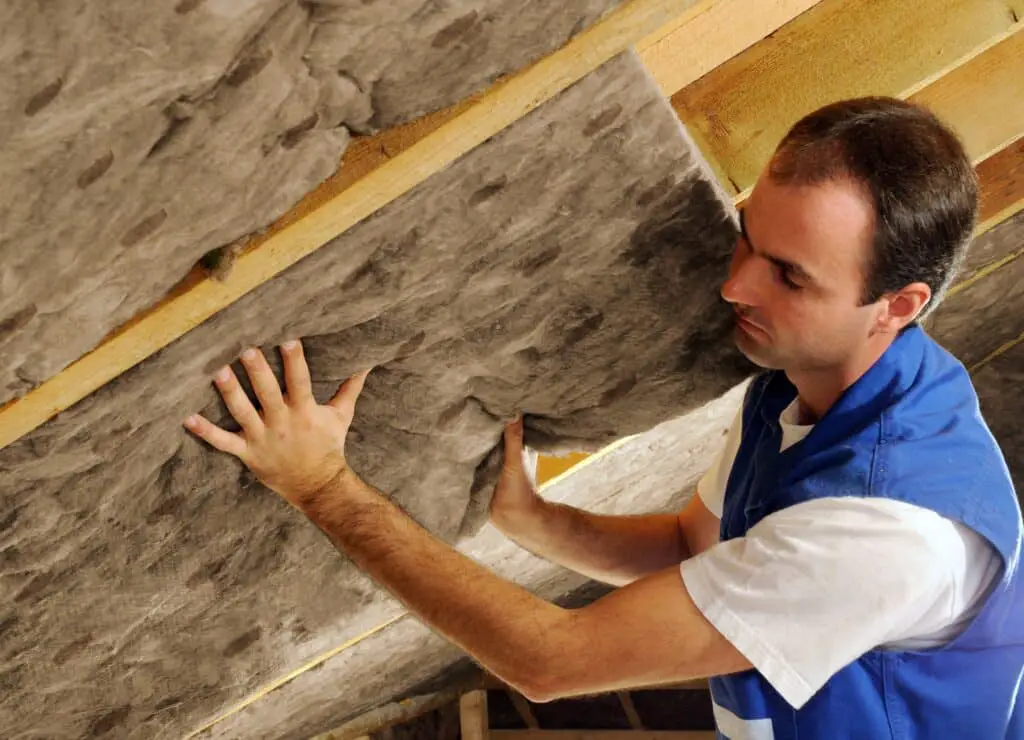
When should you use foam board insulation?
Foam board insulation is ideal for external foundations, basements, and house wraps because it resists moisture.
Foam board insulation is ideal for strong heat resistance and tight seals. It’s ideal for exterior walls, roofing, and foundations. Foam board insulation reduces heat transmission and improves energy efficiency.Its rigidity makes it suitable for filling gaps, limiting air leakage, and providing continuous insulation. Foam board insulation is very popular in small spaces since it provides good insulation while taking up little space. However, the foam type, health and environmental considerations, and local building standards should be examined before applying it. Foam board insulation is ideal for applications that prioritize thermal performance and building envelope sealing.
What are foam board used for?
FOAM BOARDS ARE WIDELY USED FOR:
Frame and mount. Brief use of interior signs. Screen/digital printing. Props and sets. Foam boards’ superior insulation and adaptability make them popular in building and insulation. These rigid panels, made of EPS, XPS, or polyisocyanurate (polyiso), inhibit heat transfer and are essential to energy-efficient building design.
Most exterior insulation methods for walls, roofs, and foundations use foam boards. In wall applications, they enhance insulation to manage indoor temperatures and reduce energy use. Foam boards on roofs insulate against heat absorption and loss, improving temperature regulation and energy savings. They promote basement comfort and minimize moisture infiltration in foundation insulation.
Foam boards are also popular for their versatility and installation. Cut and fashioned to fit unusual spaces, they can insulate corners, edges, and impediments. They are also used as sheathing under siding to improve weatherproofing and insulation. Foam boards’ insulating and sound-absorbing characteristics are used in refrigeration systems, HVAC duct insulation, and soundproofing in commercial and industrial environments. Foam boards are essential to modern construction and insulation, improving energy efficiency, indoor comfort, and sustainable building design.
Why is foam board insulation good?
The moisture resistance of foam board insulation varies. They protect the inside framing from humidity and rain, therefore all of them control moisture levels. Insulation warms internal sheathing to prevent moisture buildup.
Foam board insulation is admired for its thermal performance and construction and energy efficiency benefits. High insulation reduces heat transfer via walls, roofs, and foundations, making it an advantage. The result is lower energy use, heating and cooling costs, and year-round indoor comfort.
When properly placed, foam board insulation creates a continuous, airtight barrier, decreasing drafts and air leakage. This limits heat exchange between a building’s interior and exterior, maintaining stable temperatures and a more comfortable living or working environment.
Foam boards strengthen and weatherproof buildings due to their rigidity. As well as providing thermal insulation, foam board insulation can also reduce noise and make indoor spaces calmer. Foam boards can be used in new construction and retrofitting. Their unique fit makes them ideal for insulating tight corners and difficult architectural details.
Foam board insulation is excellent at thermal efficiency, air sealing, structural support, and sound attenuation. These advantages make it a top choice for improving energy efficiency, occupant comfort, and building durability.
Is foam insulation good or bad?
Insulating foam provides an effective layer of insulation in both small and large spaces. In fact, this insulating material is ideal for installing in even oddly-shaped, hard to reach spaces within the home as it’ll expand to fill all the nooks and crannies (roof, we’re looking at you).
The evaluation of foam insulation as good or bad is contingent upon a balanced consideration of its merits and drawbacks. Foam insulation’s significant thermal resistance and air-sealing capabilities position it as a potent tool for enhancing energy efficiency and reducing heating and cooling costs in buildings. It excels in creating a well-insulated envelope that minimizes heat transfer and drafts, contributing to improved indoor comfort and sustainability. However, the classification of foam insulation as good or bad must also incorporate potential concerns.
What are the primary materials used to manufacture foam board insulation, and how do they contribute to its effectiveness?
Expanded polystyrene (EPS) consists of expanded beads of polystyrene, creating a lightweight yet rigid structure. Its closed-cell composition makes it resistant to moisture penetration, making it suitable for applications prone to damp conditions. EPS foam board insulation’s thermal resistance stems from its ability to trap air within its cells, retarding heat transfer and bolstering energy efficiency.
Extruded polystyrene (XPS) boasts a denser cellular structure compared to EPS. This enhanced density and closed-cell formation lead to improved moisture resistance and a higher compressive strength, making XPS suitable for applications where structural support is vital. Its superior moisture resistance and stable thermal performance even in damp conditions contribute to its longevity and consistent insulation performance.
Polyisocyanurate (polyiso) is known for its excellent thermal efficiency due to its closed-cell structure, low thermal conductivity, and high R-value. Polyiso foam board insulation often incorporates a foil facing that acts as a radiant barrier, reflecting heat away and enhancing its insulation properties. Its versatility lies in its adaptability to various applications, including walls, roofs, and below-grade installations.
In which areas of residential construction is foam board insulation commonly applied, and how does it contribute to energy efficiency and comfort?
Foam board insulation is a prevalent choice in various areas of residential construction, primarily in walls, roofs, and foundations. Its application in these critical zones significantly enhances energy efficiency and overall comfort within homes.
In walls, foam board insulation is commonly installed between studs or as exterior sheathing. This effectively creates a thermal barrier that retards heat transfer, preventing outdoor temperatures from impacting indoor comfort. By minimizing heat exchange through walls, foam board insulation reduces the need for excessive heating or cooling, leading to reduced energy consumption and lower utility bills. Moreover, its airtight properties contribute to draft prevention, ensuring a consistent indoor temperature and enhanced occupant comfort.
For roofs, foam board insulation is placed above the living space or within the roof assembly. This insulation type acts as a shield, mitigating the impact of external temperature fluctuations. By preventing heat gain in hot climates and heat loss in cold climates, foam board insulation optimizes interior conditions year-round, reducing reliance on heating and cooling systems.
Foundations, too, benefit from foam board insulation. When applied to the exterior, it prevents heat loss from the ground, reducing the energy needed to maintain a stable indoor temperature. Additionally, foam board insulation’s resistance to moisture intrusion helps prevent dampness, enhancing the overall comfort and habitability of basements.
How does foam board insulation contribute to soundproofing efforts in both residential and commercial environments?
Due to its qualities and application procedures, foam board insulations helps soundproof residential and commercial spaces. The density and cellular structure of this insulation type reduce sound transmission, making indoor spaces quieter and more comfortable.
By absorbing and dispersing sound waves, foam board insulations minimizes airborne and impact noises in homes. It reduces noise transmission between rooms and from outside by attenuating sound vibrations when integrated into walls, ceilings, or floors. Increased acoustic insulation improves privacy, tranquility, and living conditions.
In commercial settings, foam board insulations reduces sound dispersion. It controls noise in offices, conference rooms, and entertainment venues when applied to walls or ceilings. Clear audibility and little noise interruption are especially important in talks, presentations, and performances.
Foam board insulations can soundproof, however material density, thickness, and installation methods affect its efficiency. Combining foam board insulations with robust channels or acoustic panels helps reduce noise better.
Overall, foam board insulation’s density and structure absorb and attenuate sound waves, making it an excellent soundproofing technique for residential and commercial buildings. Creates calmer, more tranquil areas, improving comfort, productivity, and occupant satisfaction.
Could you elaborate on the role of foam board insulation in preventing heat transfer and reducing energy consumption within buildings?
By installing foam board insulations in walls, roofs, and foundations, the insulations forms a continuous layer that hampers the passage of heat. In cold weather, it prevents indoor warmth from escaping, and in hot weather, it impedes exterior heat from infiltrating indoor spaces. This maintains stable indoor temperatures, alleviating the need for constant heating or cooling, and subsequently, reducing energy usage.
The airtightness of foam boards insulations further bolsters its effectiveness. By preventing drafts and air leakage, it ensures a controlled environment that retains conditioned air. This minimizes the workload of heating and cooling systems, leading to decreased energy demand and lowered utility costs.
Furthermore, foam board insulation’s performance remains consistent over time, as it is not susceptible to settling or compression like some other insulation materials. This longevity in thermal resistance sustains its positive impact on energy efficiency throughout the lifespan of a building.
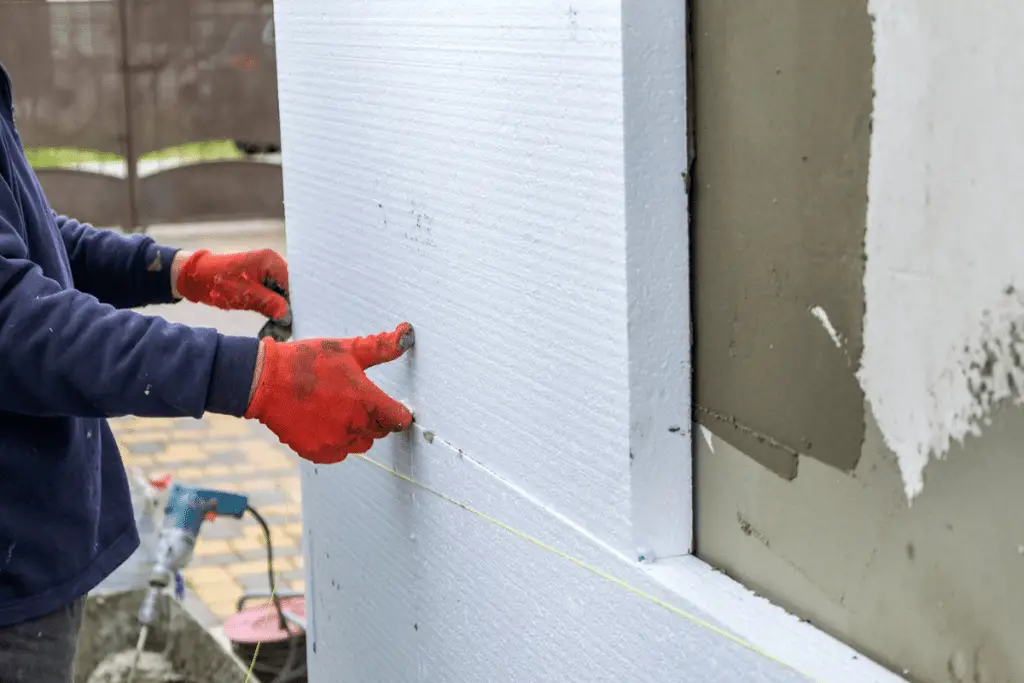
Conclusion
Foam board insulation’s significance in residential construction, seen in its deployment within walls, roofs, and foundations, fosters energy-conscious living by diminishing heat transfer and bolstering interior comfort. Furthermore, its adaptability to irregular spaces ensures comprehensive coverage, promoting effective insulation.
In commercial and industrial contexts, foam board insulation’s reliability in temperature and moisture management renders it an asset for insulating HVAC systems, refrigeration units, and noise attenuation projects.
By comprehensively examining insulating foam board insulation’s applications, it’s evident that this material enriches the fabric of both residential and commercial spaces, creating environments that are energy-efficient, environmentally conscious, and occupant-friendly. As construction methodologies evolve, foam board insulation’s enduring significance as a tool for innovation and sustainability continues to shape the built world for the better.



